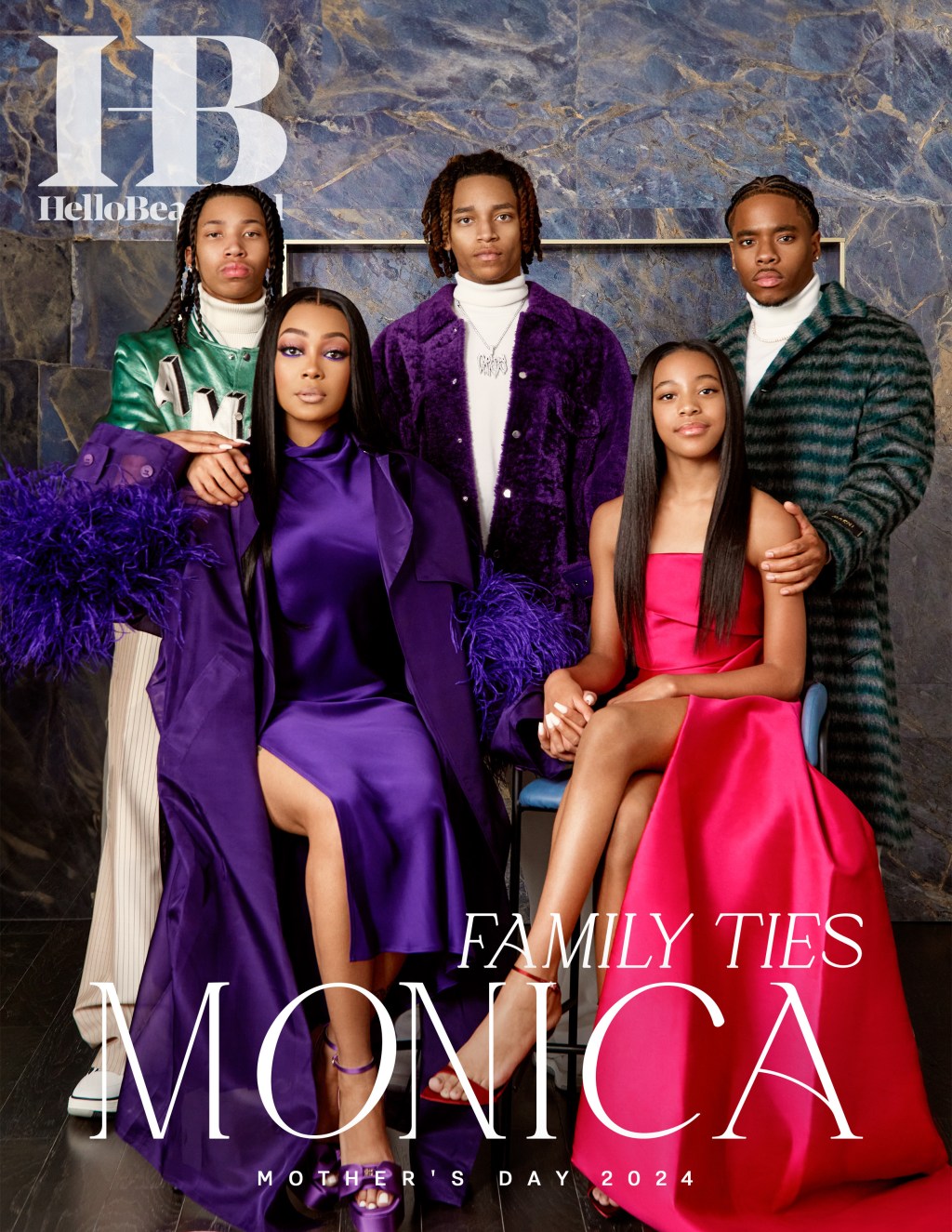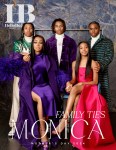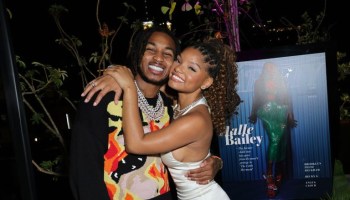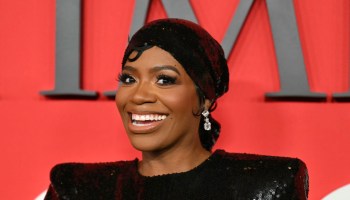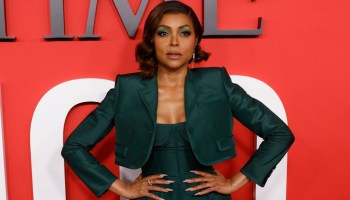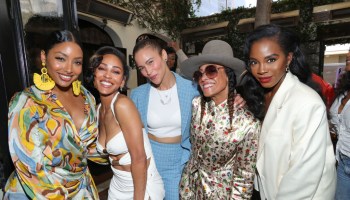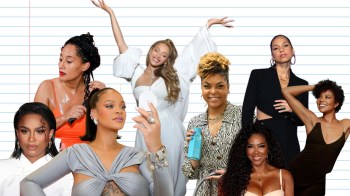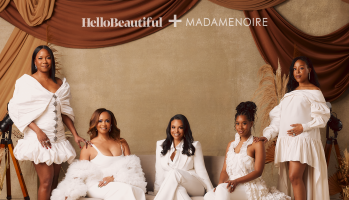Remember when hemp clothing consisted of stiff, monochromatic duds only pot-smoking, hackeysack-playing hippies would wear? Today, going green doesn’t just mean ditching your plastic bags and driving a Prius. Maharishi, a menswear line founded by British designer Hardy Blechman, uses hemp, bamboo, and recycled materials to make the ultimate in comfortable, yet stylish wears for the socially-conscious man in your life. HB writer Madison Mobley sits down with Blechman to talk about the new wave in organic apparel.
HB: What exactly was the motivation behind the name of your line? Maharishi is an Asian inspired name, and yet, you’re British…
HARDY: When I started Maharishi I was 25, heavily obsessed with yoga, and very inspired by Autobiography of a Yogi by Paramahansa Yogananda, who is the man responsible for bringing yoga to America from India about a hundred years ago. He introduced yoga into American high society and that guy wrote an amazing story of his life. Somewhere deep into the book, he starts to talk about his teacher and how impressive he is, and then he talks about his teacher’s teacher, who is called The Elder, known far and wide as Maharishi. Literally, “maha” means great and “rishi” means fear. It can [also] be translated as “great vision,” and I started Maharishi with the idea of using hemp, natural fibers and recycling; that was my great vision for fashion. Maharishi was always intentioned to have a deeper vision than style and image alone.
Was it hard bridging the gap between the fashion world and your bohemian ideals?
It was different in the beginning, as the development of the hemp industry was really primitive. The only hemp fabrics available were very coarse, and I think, in general, Tree Huggers not only have a reputation for not being particularly interested in style and fashion, but perhaps they are much more accepting of the conditions around the use of natural fibers and their choice for it. I guess I tried to marry those worlds, and it took a lot of work to develop hemp fabric that considered other aspects apart from fiber content. Fifteen years ago, when Maharishi started, there were two very different worlds, so hemp was only available in a limited color range – it was always oatmeal, and it was always a bit itchy. But, thats really changed [since then], and the industry has taken on the challenge and now there’s a wide variety of hemp fabrics available. We have some very luxurious cloths in hemp. Not only do we use hemp and continue to recycle military surplus, we also use bamboo as a woven material and mixed with cotton in knitwear.
What is the inspiration behind your military surplus-heavy line?
I got a great education in utilitarian design through my interaction with military surplus; the original intention was to simply find good pieces that could be recycled, benefiting from the sponsorship of the defense budget. Most countries put a lot of investment into their soldiers’ uniforms, but they frequently update them, so they’re quite happy to put put hundreds of thousands of pieces into surplus mounds and just sell it off extremely cheaply in order to make a new uniform with only a slight update to the pattern or to the print. That was my initial attraction: to find pieces that worked; that I could simply make small amendments to.
Camouflage is a staple in your line. What is your primary attraction to the print?
Though its origin is more known these days as a tool of war, camouflage is a representation of nature and its colors and its shapes. Humans are naturally attracted to the colors and the shapes of camouflage, and anyone that has a basic call back to nature or a deep respect for nature would have a subconscious attraction towards a camouflage pattern. It seems inappropriate that the military holds the rights to this symbolic value. War is not the only option, but it’s a very accepted option, it seems, in our society. Any step that can be taken towards making people put war further down on their level of acceptability I think would be a good thing. So, Im always keen on using Maharishi as a vehicle to express any posit views and this is one of them. It happens to work quite hand in hand with the fact that its a very sound environmental practice to recycle any wasted materials that we find out there, and military surplus is a bring contributor to wasted materials.
What are the benefits of hemp clothing?
The cotton plant is a very short, weak plant. After you cut down the crop, there’s not a lot of organic decaying matter left in the soil, so the soil actually becomes weaker after you use it. And, being a weak plant, it also requires a lot of pesticides. Hemp is the opposite. it doesn’t require any pesticides to grow, and its like a weed – it grows very strong and very fast, ten to fifteen feet tall above and below the ground. So, after you cut the crop, there’s a massive amount of decomposed organic matter under the soil which really enriches the soil and makes it stronger for whatever you’re going to plant next.
Are you up for the challenge? Be a part of Maharishi’s vision and support green fashions! On Sunday, August 17th, New York’s Lower East Side became a haute runway when LES BID (Lower East Side Business Improvement Disctict) focused on eco-friendly clothing to usher in Fashion Week. Boutiques and brands such as David Owens Vintage, Kaight, Lolli by Reincarnation, Hairy Mary’s Vintage, Moo Shoes, Daha Vintage, Shop, Leal and fetish apparel from Demask were featured. Who says saving the environment can’t be chic?
